Where is Somawathiya National Park
Somawathiya National Park is one of four designated national parks as part of the Mahaweli River development project.
Within the park is Somawathiya Chaitya, a stupa said to contain a relic of the Buddha’s tooth.
Somawathiya National Park was established on September 2, 1986, after being designated as a wildlife sanctuary on August 9, 1966. Many megaherbivores live in the park. The national park is 266 kilometers (165 miles) north of Colombo.
History of Somawathiya National Park
The historic Somawathiya Chaitya is located on the Mahaweli River’s left bank. Princess Somawathi, the sister of King Kavan Tissa and the wife of regional ruler Prince Abhaya, was the inspiration for the stupa’s name.
The stupa was built by prince Abhaya to house a relic of the Buddha’s tooth, which was in the possession of Arahat Mahinda, and was named after the princes. Because of its fame as the site of miracles – beams of light and unusual apparitions – the Stupa is becoming an increasingly popular tourist and pilgrimage destination.
The park is one of four designated as national parks as part of the Mahaweli River development project. Maduru Oya, Wasgamuwa, and Flood Plains are the other three national parks.
Flood Plains National Park and Trikonamadu Nature Reserve border Somawathiya National Park.
The park’s western arm connects the Hurulu Forest Reserve, part of which is a biosphere reserve.
Somawathiya Chaitya is located on the Mahaweli River’s left bank. Somawathi, the sister of King Kavan Tissa and the wife of regional ruler Prince Abhaya, was the inspiration for the stupa’s name.
Physical Features of Somawathiya National Park
Somawathiya National Park is located in the deltaic flood plains of the Mahaweli River, where it forks into two branches.
The Mahaweli River flows north into Koddiyar Bay, and the lesser Verugal Oya flows northeast into the sea. The central riparian flood plain is characterized by numerous old river channels and dispersed ‘villus,’ or water-filled basins scattered throughout the grassy plains.
There are 20 of these villus in the park. Somawathiya and Flood Plains National Parks are important protected areas for the Mahaweli River flood plains’ wetland system. The abundant wildlife is supported by the high-quality habitat of the fertile alluvial underlying layer.
Somawathiya National Park is located in the deltaic flood plains of the Mahaweli River. Central riparian flood plain is characterized by numerous old river channels and dispersed ‘villus,’ or water-filled basins. There are 20 of these villus in the park.
Flora Diversity of Somawathiya National Park
The central flood plain’s water-filled basins are distinguished by the abundance and dominance of water-tolerant grasses and aquatic plants.
The distribution of floral species in the villus exhibits a pattern that is related to the period of flooding and the depth of flooding. Creeping grasses such as Cynodon dactylon grow on the edges, where wet conditions are temporary and flooding is mild.
Alternanthera sessilis, Polygonum spp., Jussiaea repens, Ipomoea aquatica, Monochoria hastata, and Scirpus grossus appear further towards the center of the villus, where the flooding is longer and truly hydrophytic species such as Alternanthera sessilis, Polygonum spp., Jussiaea repens, Ipomoea aquatica, Monochoria hastata, and Hygroryza aristata, Brachiaria mutica, Echinochloa colonum, Paspalum vaginatum, Digitaria longiflora, and Paspalidium spp. are the most common grass species.
Floating aquatic plants coexist with Nelumbo nucifera in deeper water. Still in deeper water, there is a manel Nymphaea stellata and a submerged aquatic plant Ceratophyllum demersum association.
Floating plants can be found in all zones of the villus. Terminalia arjuna, Madhuca longifolia, Barringtonia asiatica, Mitragyna parvifolia, Erythrina variegata, and Hibiscus tiliaceus are some of the tree species that grow on the villus’s edges.
Drypetes sepiaria, Berrya cordifolia, Diospyros ovalifolia, Dimorphocalyx glabellus, Pterospermum canescens, Manilkara hexandra, and Mitragyna parvifolia are among the forest trees in the park’s northern region.
The central flood plain’s waterfilled basins are distinguished by the abundance and dominance of water-tolerant grasses and aquatic plants. Creeping grasses such as Cynodon dactylon grow on the edges, where wet conditions are temporary and flooding is mild.
Fauna Diversity of Somawathiya National Park
The importance of the park’s ecology stems primarily from the presence of elephants Elephas maximus, which are estimated to number around 400 within the protected area and its surrounding areas, as well as the rich avifauna.
In 2007 study found a much smaller herd of elephants in Somawathiya, with 50-100 individuals.
The jackal Canis aureus, fishing cat Felis viverrina, rusty-spotted cat Felis rubiginosa, leopard Panthera pardus, wild boar Sus scrofa, sambar Cervus unicolor, water buffalo Bubalus bubalis, porcupine Hystrix indica, and black-naped hare Lepus nigricollis are also notable mammals.
Avifauna abounds in the flood plain marshes. In the marshes, approximately 75 migrant species spend the winter.
Garganey is a common migrant. Marsh sandpiper, Anas querquedula Tringa stagnatilis, T. glareola, and Pintail Snipe Gallinago stenura, Chlidonias hybridus whiskered tern, and black-tailed godwit limosa limosa Residents include a painted stork.
Openbill stork, Ibis leucocephala Little egret, Anastomus oscitans Cattle egret, Egretta garzetta Pond heron, Bubulens ibis Pheasant-tailed jacana, Ardeola grayii Purple gallinule, Hydrophasianus chirurgus Porphyrio porphyrio, Threskiornis melanocephalus (white ibis), and Himantopus himantopus (black-winged stilt).
The following birds have been spotted in the forest area: red-fronted barbet Common peafowl, Megalaima haemacephala Malabar pied hornbill Pavo cristatus Thick-billed flowerpecker, Anthracoceros coronatus Common iora, Dicaeum agile Aegithina tiphia, Gallus lafayetii, and Chloropsis aurifrons, a golden-fronted leafbird.
While the barred buttonquail Turnix suscitator prefers open areas, the marshy northern area is frequented by the woolly-necked stork.
The crested hawk eagle (Ciconia episcopus) is a species of hawk eagle. Spizaetus cirrhatus, also known as the grey-headed fish eagle Pied kingfisher, Ichthyophaga ichthyaetus Ceryle rudis, Spilornis cheela (crested serpent-eagle), and Ibis leucocephala .
Elephants are estimated to number around 400 within the protected area and its surrounding areas. Avifauna abounds in the floodplain marshes, with 75 migrant species spending the winter.
Conservation Efforts
Despite the fact that the National Park area has been heavily exploited, regeneration will be rapid due to the moisture and high carrying capacity of the villus.
Flood Plains and Somawathiya National Parks are both extremely important for migratory and resident waterfowl.
In general, the park has been severely underutilized. Despite the fact that a comprehensive system plan for protected areas in the Mahaweli Region is in place.
Until it was incorporated into the Mahaweli Environment Project, the area was largely unmanaged and unprotected. The forests of the area have been cleared for cultivation, following the move-in of the tobacco cultivators with their cattle.
Tobacco farmers arrive each year with a herd of cattle. Since the mid-1970s, deforestation has become more widespread. With the establishment of the park, illegal logging, tobacco cultivation, and cattle grazing were expected to decline gradually.
Forest regeneration will be rapid due to the moisture and high carrying capacity of the villus. Since the mid-1970s, deforestation has become more widespread. With the establishment of the park, illegal logging, tobacco cultivation, and cattle grazing were expected to decline gradually.
Conclusion
In conclusion, Somawathiya National Park in Sri Lanka is a must-visit destination for nature lovers and wildlife enthusiasts. With its rich biodiversity, including a variety of mammals, birds, and reptiles, this park offers visitors a unique and unforgettable experience.
Whether you’re interested in exploring the ancient ruins of the Somawathi Stupa, embarking on a thrilling safari adventure, or simply taking in the stunning natural beauty of the park, Somawathiya National Park has something to offer everyone.
At Ceylon Wild Tours, we are dedicated to helping visitors experience the very best of Sri Lanka’s natural beauty and wildlife. Our expert guides are passionate about sharing their knowledge and expertise, and ensuring that every visitor has an unforgettable experience.
So why not plan your visit to Somawathiya National Park today and discover the wonders of this beautiful and unique destination? With Ceylon Wild Tours, you can rest assured that you’ll have the trip of a lifetime.

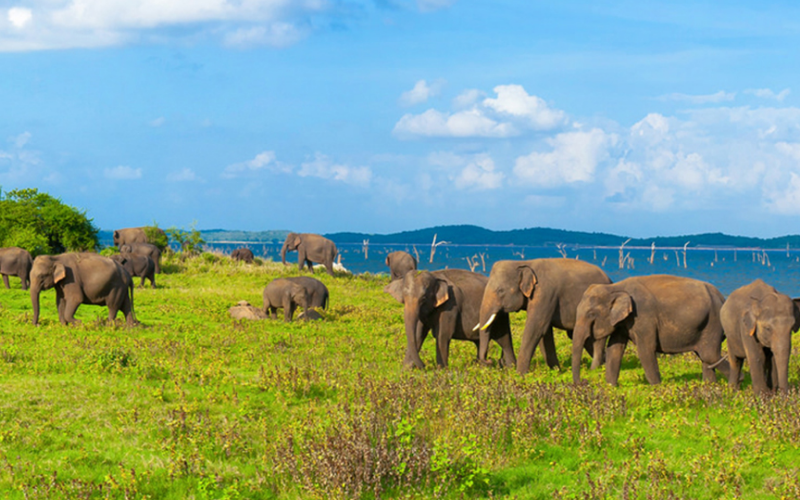




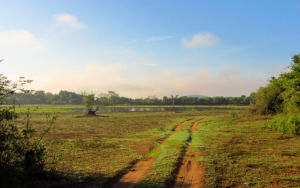
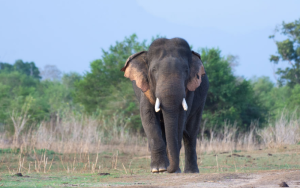
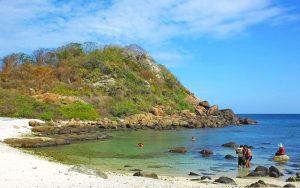
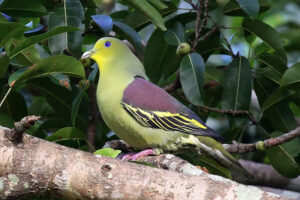
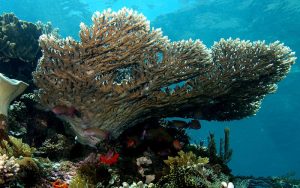

4 thoughts on “Somawathiya National Park | Sri Lanka”
Very good written article. It will be valuable to anyone who employess it, as well as myself. Keep up the good work – can’r wait to read more posts.
Thank you for the auspicious writeup. It in reality was a enjoyment account it. Glance complicated to far brought agreeable from you! However, how can we communicate?
Hello, i think that i saw you visited my web site so i came to 搑eturn the favor?I’m attempting to find things to improve my web site!I suppose its ok to use a few of your ideas!!
I am glad for writing to make you know of the amazing experience my wife’s princess obtained browsing your webblog. She came to find many pieces, which included what it is like to possess a great giving spirit to get others effortlessly understand a variety of complex topics. You actually did more than visitors’ desires. Many thanks for supplying such precious, safe, edifying and in addition unique tips about that topic to Gloria.